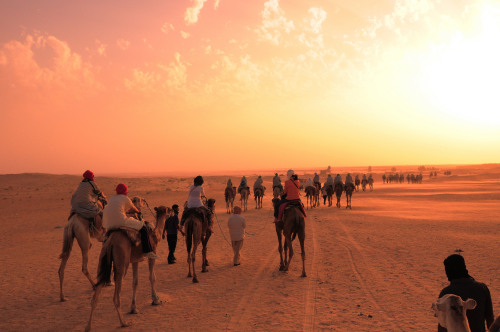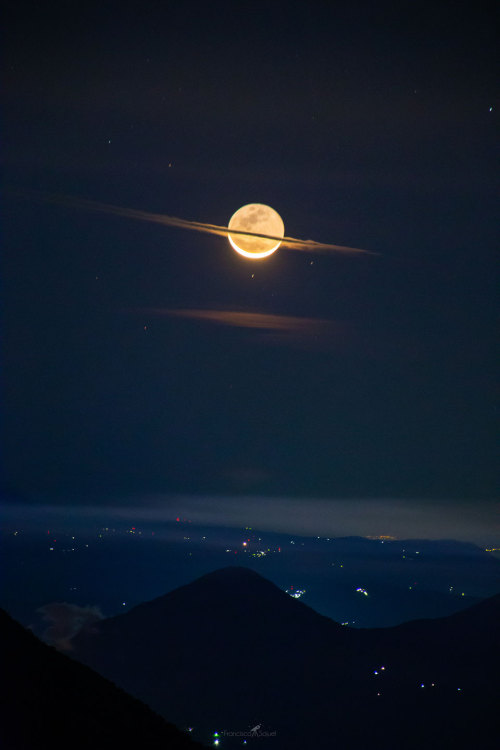Latest Posts by chbnb - Page 4

2020 June 30
Bright Planetary Nebula NGC 7027 from Hubble Image Credit: NASA, ESA, Joel Kastner (RIT) et al.; Processing: Alyssa Pagan (STScI)
Explanation: What created this unusual planetary nebula? NGC 7027 is one of the smallest, brightest, and most unusually shaped planetary nebulas known. Given its expansion rate, NGC 7027 first started expanding, as visible from Earth, about 600 years ago. For much of its history, the planetary nebula has been expelling shells, as seen in blue in the featured image. In modern times, though, for reasons unknown, it began ejecting gas and dust (seen in red) in specific directions that created a new pattern that seems to have four corners. These shells and patterns have been mapped in impressive detail by recent images from the Wide Field Camera 3 onboard the Hubble Space Telescope. What lies at the nebula’s center is unknown, with one hypothesis holding it to be a close binary star system where one star sheds gas onto an erratic disk orbiting the other star. NGC 7027, about 3,000 light years away, was first discovered in 1878 and can be seen with a standard backyard telescope toward the constellation of the Swan (Cygnus).
∞ Source: apod.nasa.gov/apod/ap200630.html



Sunset on Pluto


Moon minerals

Green Point by DaveGosling on Fivehundredpx

Tunisia

A Moon Dressed Like Saturn via NASA https://ift.tt/2wb0VHU

Hubble Sees a Galactic Sunflower

Rippling dust and gas lanes are what give the Flaming Star Nebula its name. The orange and purple colors of the nebula are present in different regions and are created by different processes. The bright star AE Aurigae, visible toward the middle of the image to the left, is so hot it is blue, emitting light so energetic it knocks electrons away from surrounding gas. When a proton recaptures an electron, red light is frequently emitted (depicted here in orange). The purple region's color is a mix of this red light and blue light emitted by AE Aurigae but reflected to us by surrounding dust. The two regions are referred to as emission nebula (the orange portion) and reflection nebula (the purple portion).
Pictured here in the Hubble color palette, the Flaming Star Nebula, officially known as IC 405, lies about 1500 light years distant, spans about 5 light years, and is visible with a small telescope toward the constellation of the Charioteer (Auriga).
Image Credit & Copyright: Eric Coles and Mel Helm


Happy Birthday Hubble !

Madeira | danielkordan
amazing video

Tiny Ellipse

“A splash of wild…“ by | Glenn Lee Robinson

This surreal timelapse, landscape, panorama spans predawn, blue hour, and sunrise skies. Close to the start of spring in the northern hemisphere, this amazing lapse was captured between 4:30 and 7:00 am from a location overlooking northern New Mexico's Rio Grande Valley. In tracked images of the night sky just before twilight begins, the Milky Way is cast across the southern (right) edge of the panoramic frame. Toward the east, a range of short and long exposures resolves the changing brightness as the Sun rises over the distant peaks of the Sangre de Cristo Mountains. In between, exposures made during the spring morning's tantalizing blue hour are used to blend the night sky and sunrise over the high desert landscape.
Image Credit & Copyright: Paul Schmit

Milky Way Galaxy Mt. Fuji over Lake Kawaguchiko at sunrise in Fujikawaguchiko, Japan
by ณัฐวุฒิ อุตมหาราช

Destination Earth. First light on the shore of Lake Michigan in Racine, Wisconsin.

The horns of Paine (Los Cuernos) - Chile | Nick Fitzhardinge

Jamestown, California by Eric Houck

Earliest Galaxies

A “Mão do Deserto”, escultura no Atacama, Chile. Na foto, tentando alcançar a Via Láctea. . “The Hand of the Desert”, a sculpture at Atacama, Chile. In this picture, it tries to reach the Milky Way. . Credit: Kiko Fairbairn @kikofairbairn . #hand #desert #mao #deserto #atacama #atacamadesert #chile #astrophoto #astropicture #astrophotography #astrogram #astrofoto #astrofotografia #galaxy #milkyway #astronomia #astronomy #pictureoftheday #instagood https://www.instagram.com/p/B8zO-E4pKqH/?igshid=m2k5zrtozk40

The glaciers of Switzerland during sunset
Switzerland by Max Rive

Mongolia Gobi desert by Daniel Kordan

Mongolia by Patrick J. Burkhart

Milky Way at Lake Towerinning, Western Australia
Nikon d5500 - 50mm + Hoya Red Intensifier filter - ISO 3200 - f/2.5 - Foreground: 35 x 13 seconds - Sky: 81 x 30 seconds - iOptron SkyTracker

jake moore photography surf sunset

Further than the last footprint. By - Stanley Chen Xi

Lake Pueblo State Park Sunrise by Lars Leber
